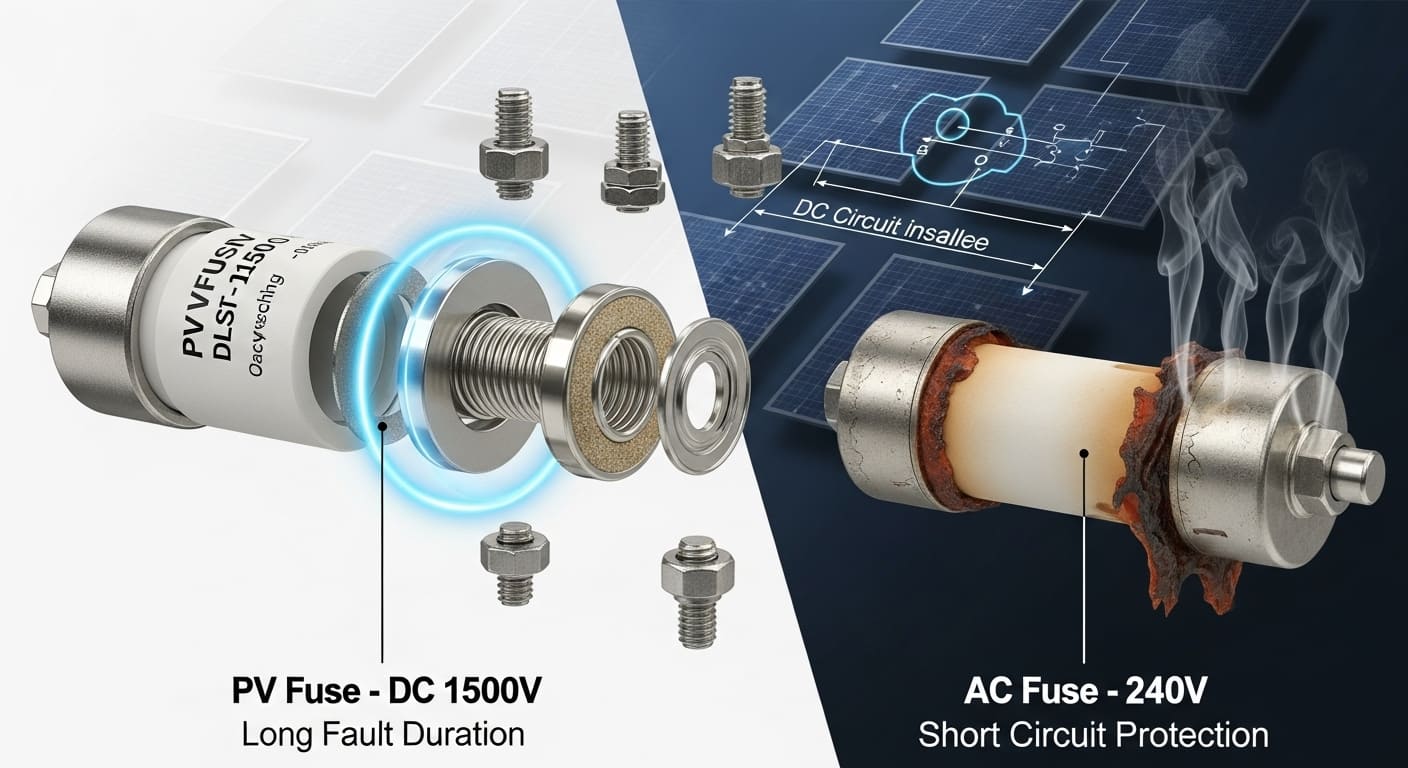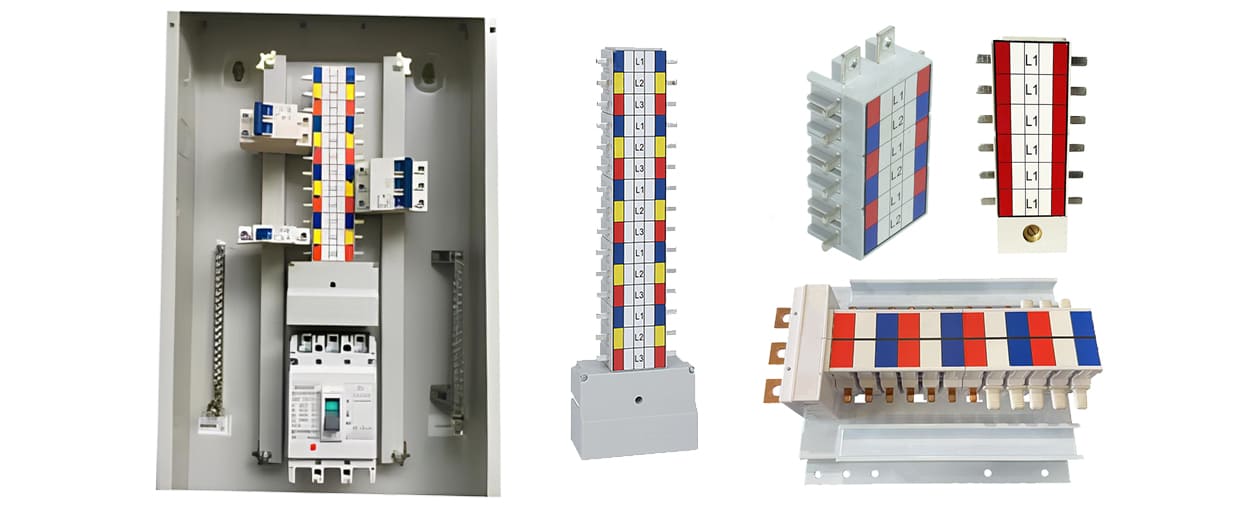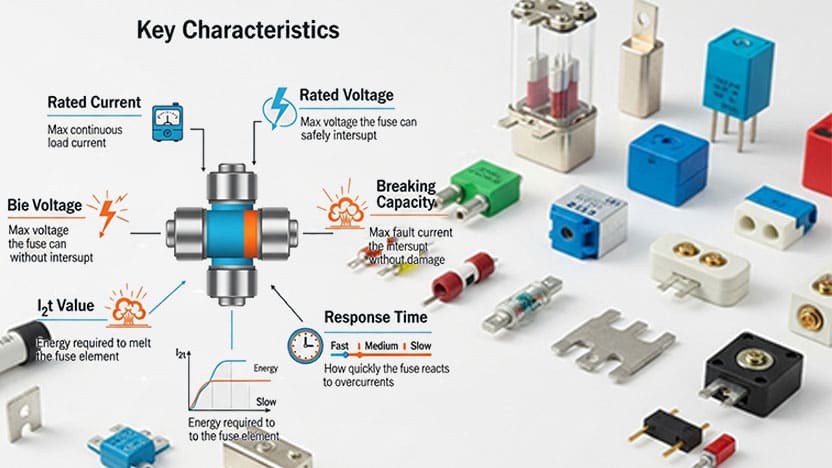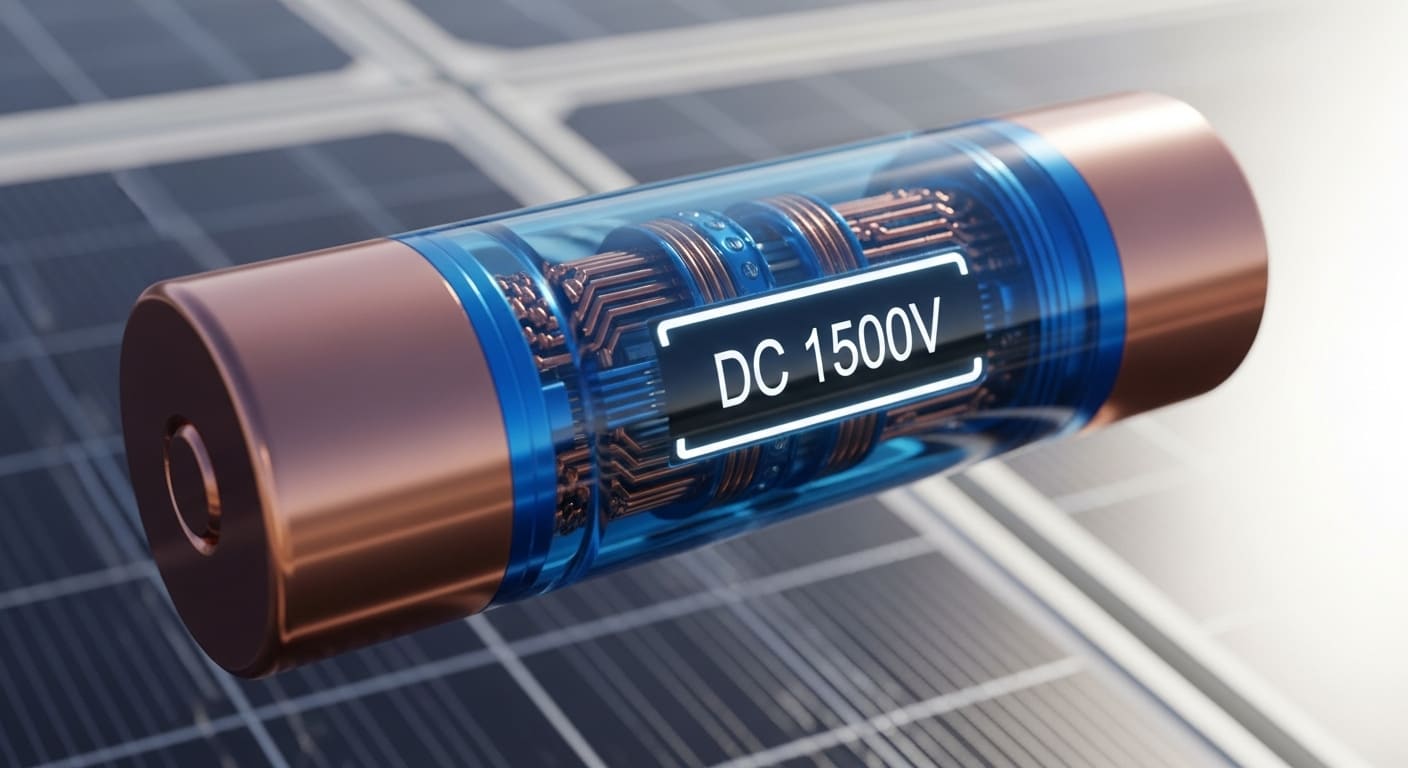Selecting busbar materials constantly frustrates electrical engineers. Copper has been the traditional choice, but aluminum's rising popularity creates confusion about which material actually delivers the best performance for modern electrical systems.
Bus bars are primarily made of copper or aluminum, with copper offering superior conductivity (100% IACS vs. aluminum's 61%) but aluminum providing significant weight reduction (66% lighter) and cost savings (30-50% cheaper). The choice depends on application requirements, space constraints, budget limitations, and environmental conditions.
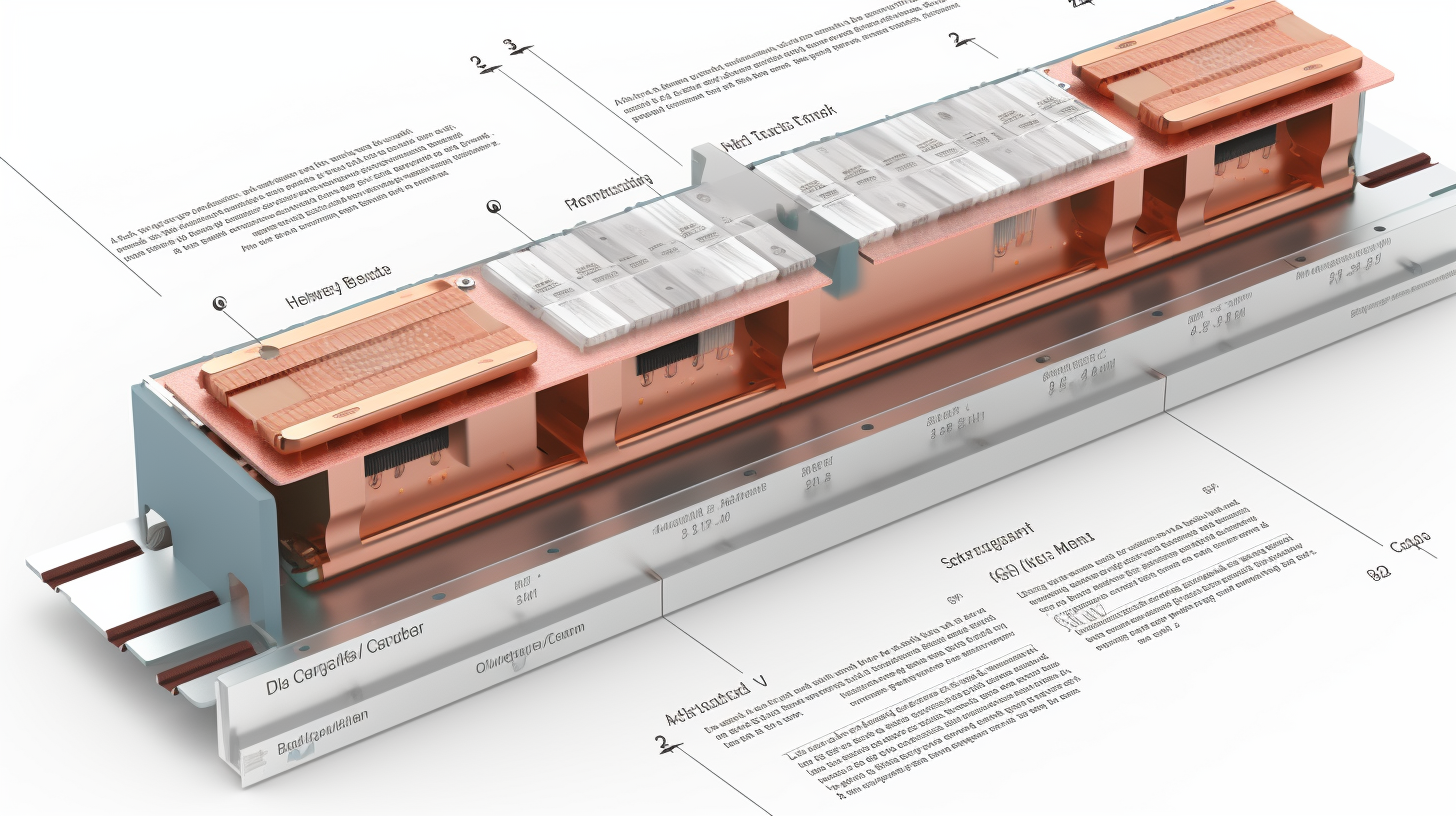
I've guided many customers through this material selection process at our factory. The right choice isn't always obvious, and misconceptions abound. Let's explore the materials used for busbars to help you make better decisions for your specific electrical distribution needs.
What material are bus bars made of?
Are you confused by the variety of materials offered for busbars in supplier catalogs? The options can be overwhelming, especially when each manufacturer seems to highlight different advantages.
Bus bars are primarily made of copper or aluminum, with copper being traditionally preferred for its superior conductivity. However, aluminum, copper alloys, and plated variants (tin-plated, silver-plated, or nickel-plated copper) are also widely used based on specific application requirements.
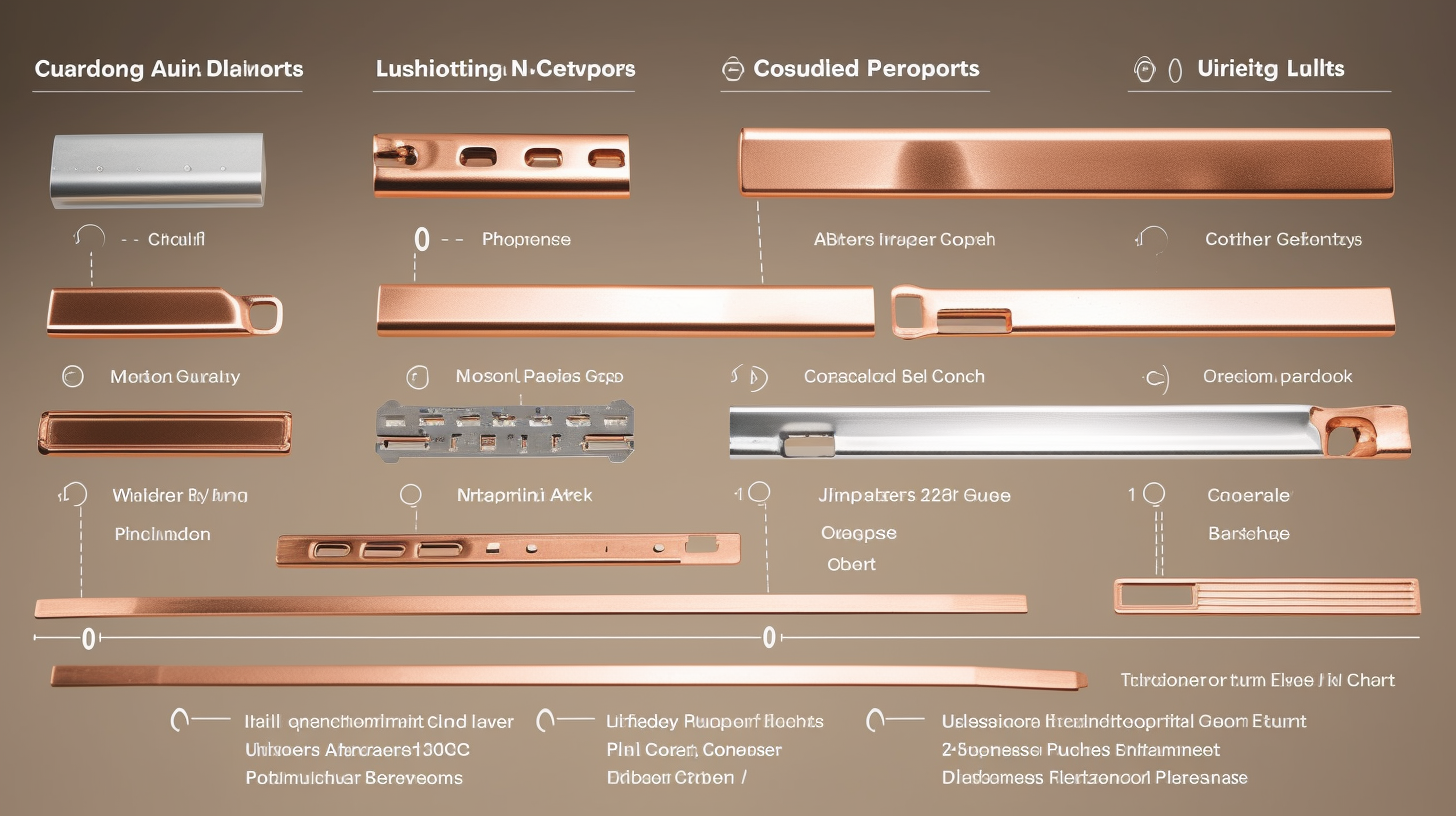
When customers visit our production floor, they're often surprised by the variety of materials we work with. The choice of material affects every aspect of busbar performance, from current-carrying capacity to long-term reliability.
Pure copper (typically ETP - Electrolytic Tough Pitch copper with 99.9% purity) remains the gold standard for electrical conductivity. But it's not always the best choice for every application. Each material has distinct properties that make it suitable for specific scenarios:
Busbar Material Properties
| Property | Copper | Aluminum | Copper Alloys | Plated Copper |
|---|---|---|---|---|
| Conductivity1 | 100% IACS | 61% IACS | 85-95% IACS | 98-100% IACS |
| Density | 8.96 g/cm³ | 2.70 g/cm³ | 8.80-8.94 g/cm³ | 8.96 g/cm³ |
| Tensile Strength | 220-250 MPa | 70-100 MPa | 340-380 MPa | 220-250 MPa |
| Corrosion Resistance2 | Good | Moderate | Excellent | Excellent |
| Cost Factor | High | Low | Very High | High+ |
| Connection Stability | Excellent | Good (with treatment) | Excellent | Superior |
Surface treatments3 significantly affect performance too. Tin-plated copper, which we commonly produce, offers excellent corrosion resistance and enhanced connection reliability. The tin layer prevents oxide formation that could increase contact resistance over time. For high-performance applications, we sometimes use silver plating, which preserves copper's excellent conductivity while improving surface durability.
I recently worked with a customer building switchgear for coastal installations, where salt air would quickly corrode untreated copper. We recommended tin-plated copper busbars, which provided the conductivity they needed with much better long-term reliability in that harsh environment.
What is common busbar material?
Do you wonder what most electrical systems actually use for their busbars? With so many options available, identifying the industry standard can help guide your decision-making process.
The most common busbar material is copper due to its excellent conductivity, connection stability, and proven track record. However, aluminum has become increasingly common in cost-sensitive applications, large-scale installations, and where weight is a concern.
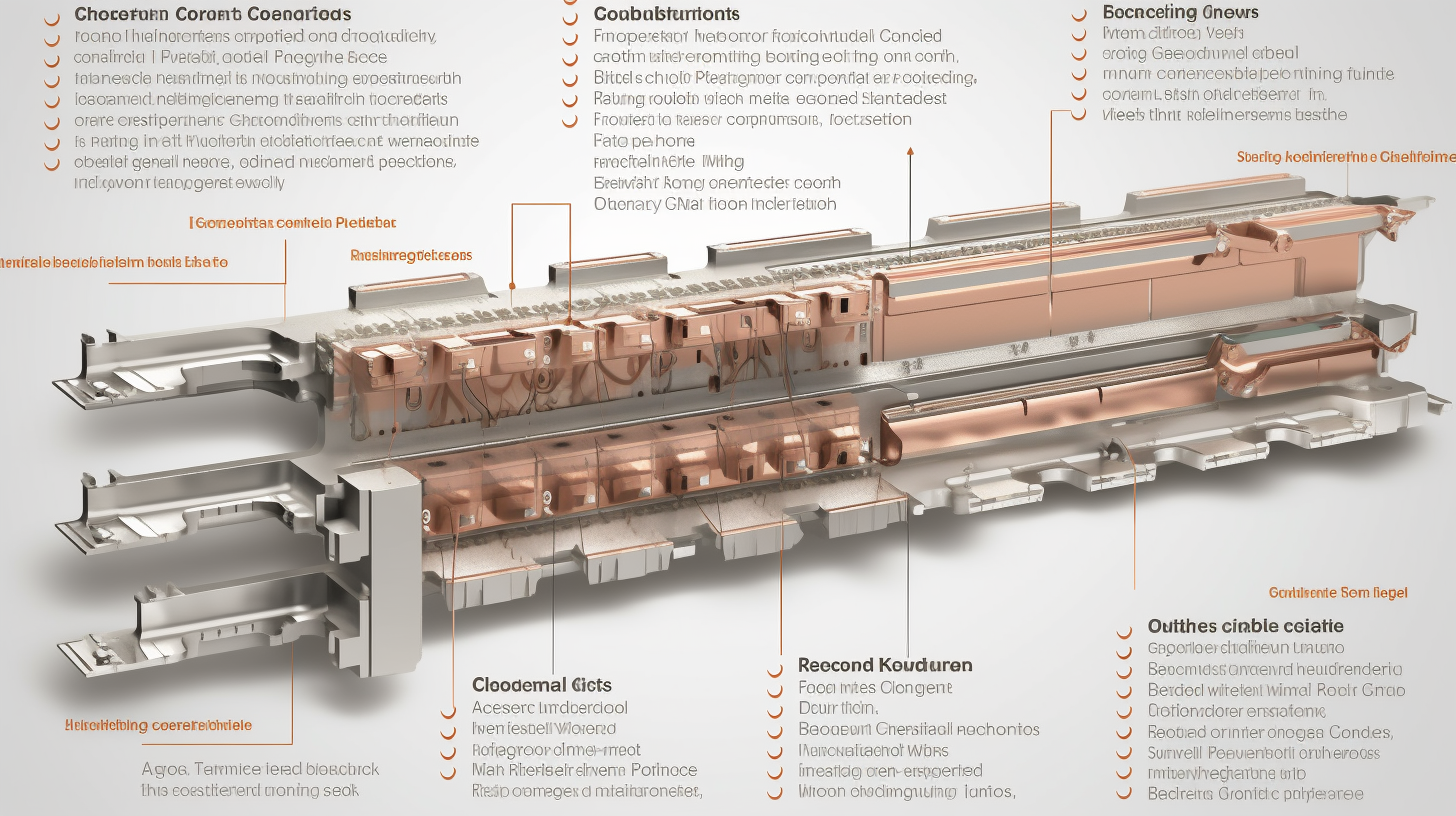
Based on what I see in our production orders, copper still dominates many traditional electrical applications, but aluminum is rapidly gaining market share. The shift isn't universal - it depends largely on the application sector and region.
The prevalence of materials varies significantly by industry and application:
Busbar Material Usage by Application
| Application | Primary Material | Reason for Preference |
|---|---|---|
| Data Centers | Copper4 | Reliability, space constraints, high fault currents |
| Residential Distribution | Aluminum5 | Cost-effectiveness, adequate performance, lighter weight |
| Industrial Switchgear | Copper | Reliability, thermal cycling resistance, maintenance intervals |
| Renewable Energy | Aluminum | Cost optimization for large installations, weight reduction |
| Marine/Offshore | Tin-plated Copper6 | Corrosion resistance, reliability in harsh environments |
| Transportation | Aluminum | Weight reduction, vibration resistance |
| High-Rise Buildings | Copper | Space constraints, higher load density, fire safety |
Regional preferences also play a role. I've noticed that European customers often specify copper for critical infrastructure regardless of cost, while many Middle Eastern and Asian markets have embraced aluminum for its cost advantages in new construction.
Interestingly, hybrid solutions are becoming more common. In our factory, we've seen increased demand for systems that use aluminum for the main distribution busbars (where size is less constrained) and copper for the final distribution points (where compact dimensions matter more).
The choice often comes down to balancing initial costs against long-term considerations. While copper has a higher upfront cost, its superior electrical properties may result in lower operational costs through reduced energy losses, particularly in systems running at high load factors.
How to decide the material of a busbar?
Are you struggling to choose between copper and aluminum for your next project? The decision isn't as straightforward as simply picking the "best" conductor, and making the wrong choice could lead to unnecessary costs or performance issues.
Deciding the busbar material requires balancing electrical requirements (current capacity, voltage), mechanical needs (physical supports, terminations), environmental factors (temperature, corrosion exposure), economic considerations (initial vs. lifetime costs), and installation constraints (weight, space limitations).
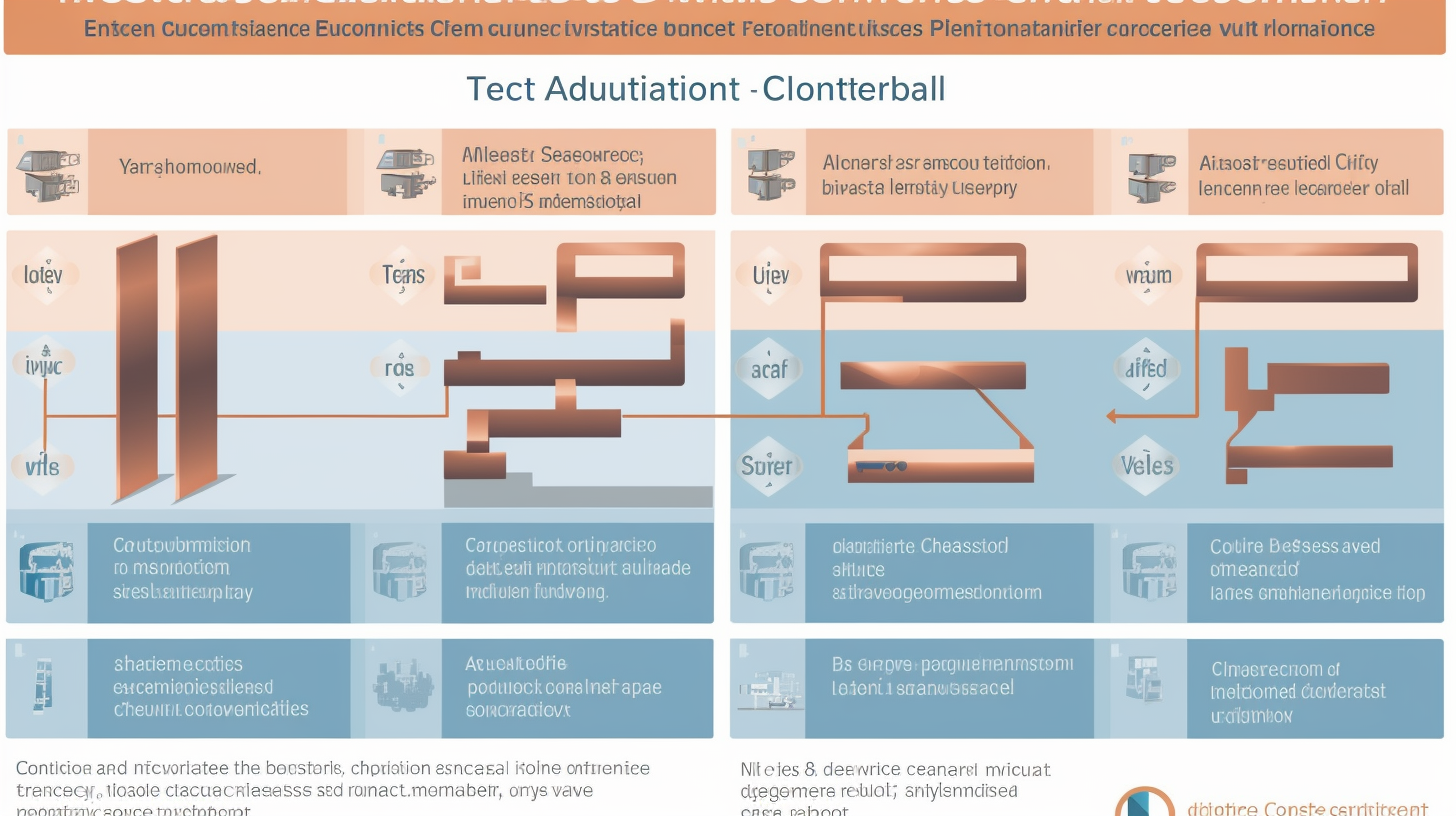
When I consult with customers on material selection, I guide them through a systematic approach rather than jumping immediately to a recommendation. The optimal material depends on how various factors interact in their specific application.
Start with these key considerations:
Busbar Material Selection Decision Matrix
| Factor | Copper Advantage | Aluminum Advantage | Decision Impact |
|---|---|---|---|
| Current Density | Higher capacity per cross-section | More economical for lower current density applications | Determines required size |
| Space Constraints | Smaller footprint for same capacity | - | Critical in compact equipment |
| Weight Sensitivity | - | 66% lighter than equivalent copper | Important for transportation, handling |
| Initial Budget | - | 30-50% cost savings | May determine feasibility |
| Connection Method | Better with mechanical connections | Works well with welded connections | Affects installation approach |
| Thermal Cycling | Better stability | Higher expansion coefficient | Critical in variable load systems |
| Ambient Temperature | Better performance in high heat | - | Important in hot environments |
| Maintenance Access | - | Easier handling due to weight | Affects long-term serviceability |
| Expected Lifespan | Better aging characteristics | - | Important for long-term installations |
I recommend a total cost of ownership7 approach rather than focusing solely on material costs. For example, a recent industrial customer was initially attracted to aluminum's lower price but ultimately chose copper after calculating that the reduced losses would save enough energy over ten years to offset the higher initial investment.
For applications with high current and limited space, copper remains the superior choice despite its cost. However, for large-scale distribution with adequate space, properly sized and treated aluminum busbars offer excellent performance at significant savings.
Connection technology is another crucial factor. Copper performs better with traditional mechanical connections, while aluminum requires special consideration for connection surfaces due to its oxide layer formation. We often recommend bi-metal transition pieces8 for terminals where aluminum busbars connect to copper cables to ensure long-term connection reliability.
What are high voltage busbars made of?
Have you wondered if high voltage applications require special busbar materials? The extreme electrical stresses in high voltage systems do call for careful material selection beyond just basic conductivity considerations.
High voltage busbars are primarily made of copper or aluminum with enhanced insulation systems. Copper is often preferred for its superior mechanical stability and corona discharge resistance, while specialized alloys and surface treatments are employed for extreme voltage applications exceeding 36kV.
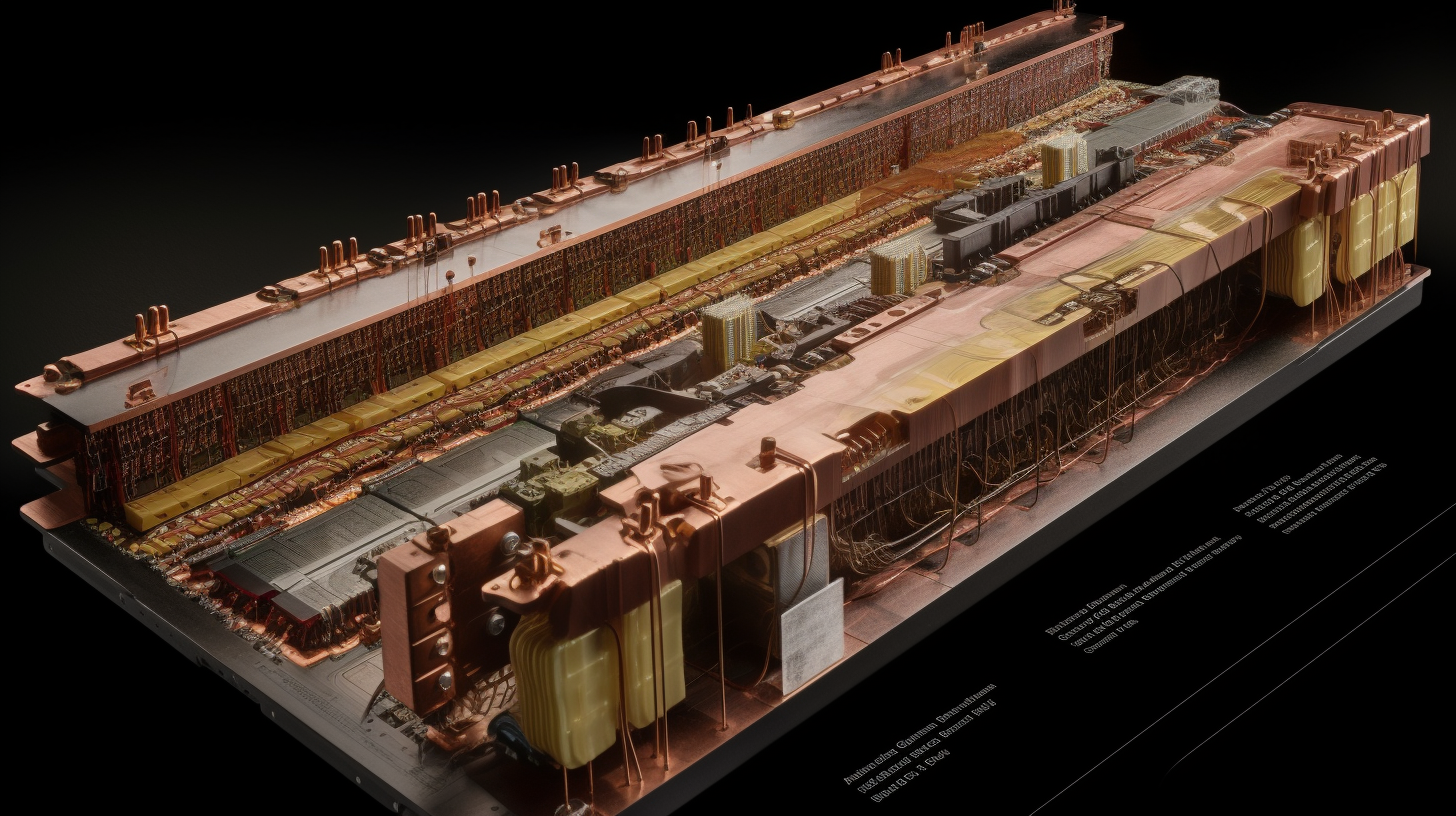
In the high voltage domain, material selection becomes even more critical. When I discuss high voltage applications with clients, I emphasize that the conductor material is just one element of a complex system where insulation design, edge profiling, and mechanical stability all play crucial roles.
High voltage busbars face unique challenges that influence material selection:
High Voltage Busbar Considerations
| Voltage Level | Primary Material | Special Considerations |
|---|---|---|
| 1kV-36kV | Copper or Aluminum | Basic edge rounding, standard clearances |
| 36kV-72.5kV | Typically Copper | Enhanced edge profiling, stress control, advanced insulation |
| 72.5kV-170kV | Copper or Special Alloys | Extensive edge profiling, corona rings, composite insulation |
| >170kV | Specialized Solutions | Tubular designs, SF6 insulation, advanced alloys |
Corona discharge prevention9 becomes increasingly important at higher voltages. The material's ability to maintain smooth surfaces without microscopic points is crucial. Copper's malleability and work-hardening properties make it ideal for creating and maintaining the precisely rounded profiles needed to minimize electric field concentration.
Surface treatments take on additional importance in high voltage applications. For outdoor or humid environments, we often recommend special protective coatings10 that preserve conductivity while preventing the formation of oxides that could affect field distribution.
The mechanical strength of the busbar material becomes more critical as voltage increases. High voltage systems experience significant electromagnetic forces during fault conditions, so the conductor must maintain its shape and position. Copper's superior strength compared to aluminum makes it preferred for these applications, though aluminum can be used with appropriate mechanical reinforcement.
For ultra-high voltage applications (above 170kV), tubular conductors11 often replace traditional rectangular busbars. These may use specialized copper alloys that balance conductivity with enhanced mechanical properties.
It's worth noting that the distinction between "high voltage" busbars and their lower voltage counterparts isn't just about the conductor material - it's about the entire system design. The insulation system, mechanical supports, and overall configuration play equally important roles in ensuring reliable operation at elevated voltages.
Conclusion
Choosing the right busbar material requires balancing electrical performance, mechanical properties, environmental conditions, and budget constraints. While copper remains the premium choice for many applications, aluminum offers compelling advantages in cost and weight without sacrificing reliability when properly designed.
-
Understanding conductivity is crucial for selecting the right busbar material for efficient electrical performance. ↩
-
Corrosion resistance is vital for longevity and reliability in harsh environments, making it essential for material selection. ↩
-
Exploring surface treatments can reveal how they enhance performance and durability, crucial for high-performance applications. ↩
-
Explore the benefits of Copper in electrical systems, including reliability and performance, to understand its critical role in various applications. ↩
-
Learn why Aluminum is favored for residential distribution, focusing on cost-effectiveness and performance, which can inform your material choices. ↩
-
Discover the advantages of Tin-plated Copper in marine environments, emphasizing its corrosion resistance and reliability in harsh conditions. ↩
-
Understanding total cost of ownership helps in making informed decisions beyond initial material costs, ensuring long-term savings. ↩
-
Exploring bi-metal transition pieces can enhance connection reliability between aluminum and copper, crucial for effective installations. ↩
-
Understanding corona discharge prevention is crucial for ensuring the reliability and safety of high voltage systems. Explore this resource for in-depth strategies. ↩
-
Special protective coatings are vital for maintaining conductivity and preventing oxide formation. Discover the best options available for high voltage applications. ↩
-
Tubular conductors offer unique benefits for ultra-high voltage systems. Learn more about their advantages and applications in this informative resource. ↩

